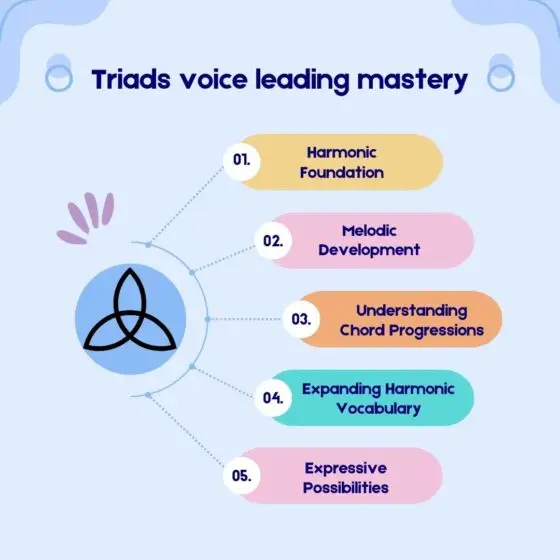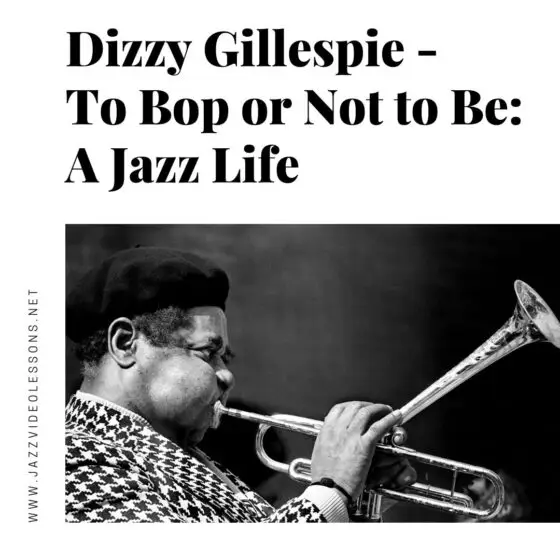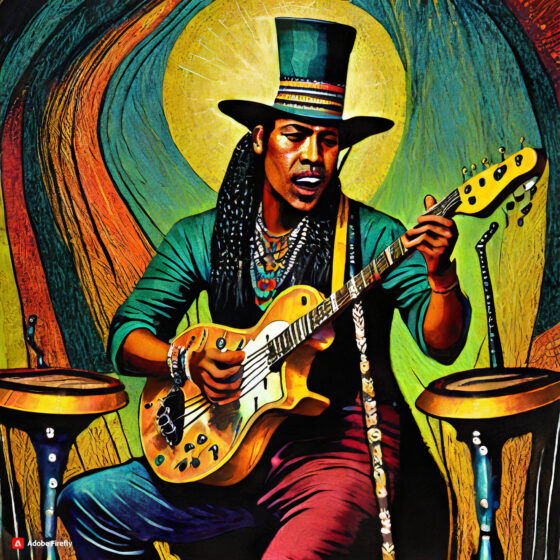
Let’s learn about Pentatonic shape from Ravel….
For jazz musicians, the mere mention of pentatonic scales evokes iconic names like John Coltrane, McCoy Tyner, Michael Brecker, and Jerry Bergonzi. These legendary players have skillfully wielded these scales to create awe-inspiring melodies and solos. However, while pentatonic scales are undoubtedly a fundamental aspect of modern jazz, it’s essential to recognize that jazz did not originate these scales or groundbreaking harmonic concepts. Instead, jazz’s brilliance lies in its rhythmic prowess and innovative use of scales and harmonies.
It’s intriguing to discover that pentatonic scales have an ancient heritage that predates jazz by centuries. Their origins can be traced back to both ancient China and ancient Greece. As a result, these scales have endured the test of time, transcending cultures and genres to find a home in jazz music.
Beyond their adoption in jazz, pentatonic scales have also left an indelible mark on European music. Renowned composers like Maurice Ravel and Claude Debussy drew inspiration from these scales, incorporating them into their compositions. One exquisite example is Ravel’s “Le Tombeau de Couperin,” a piece that beautifully showcases the seamless integration of pentatonic elements within classical music.
In the modern jazz landscape, pentatonic scales remain a powerful tool. Their five-note structure provides a flexible foundation, allowing players to explore a myriad of harmonic and melodic possibilities. By skillfully navigating the scales’ intervals, jazz musicians craft melodies that are both captivating and expressive.
In this enlightening video lesson, we delve into the captivating world of pentatonic scales. Alex Terrier demonstrates how he took a motif from Ravel’s piece and ingeniously practiced it through various transposing cycles. By showcasing the versatility of these scales and their adaptability to different tonal centers, the lesson empowers aspiring jazz musicians to unlock their creative potential.
While jazz may not have been the birthplace of pentatonic scales, it undoubtedly stands as a testament to the transformative power of musical innovation. Embracing influences from diverse cultures and historical periods, jazz musicians continuously reimagine these scales, weaving them into the vibrant tapestry of jazz improvisation.
In conclusion, pentatonic scales are not just a hallmark of jazz; they represent a timeless thread that weaves through the rich fabric of human musical expression. Their journey from ancient civilizations to contemporary music serves as a reminder of the universal language of music and its ability to connect us across time and space. As jazz musicians continue to explore and refine their artistry, the allure of pentatonic scales will undoubtedly endure, inspiring generations to come with their melodic allure and boundless potential.
Follow us:
Join us and get more:
Get all the courses and study with us a new standard each month!
Did you enjoy this article?
Consider writing us a short review on Google or Facebook, that’d be much appreciated!








